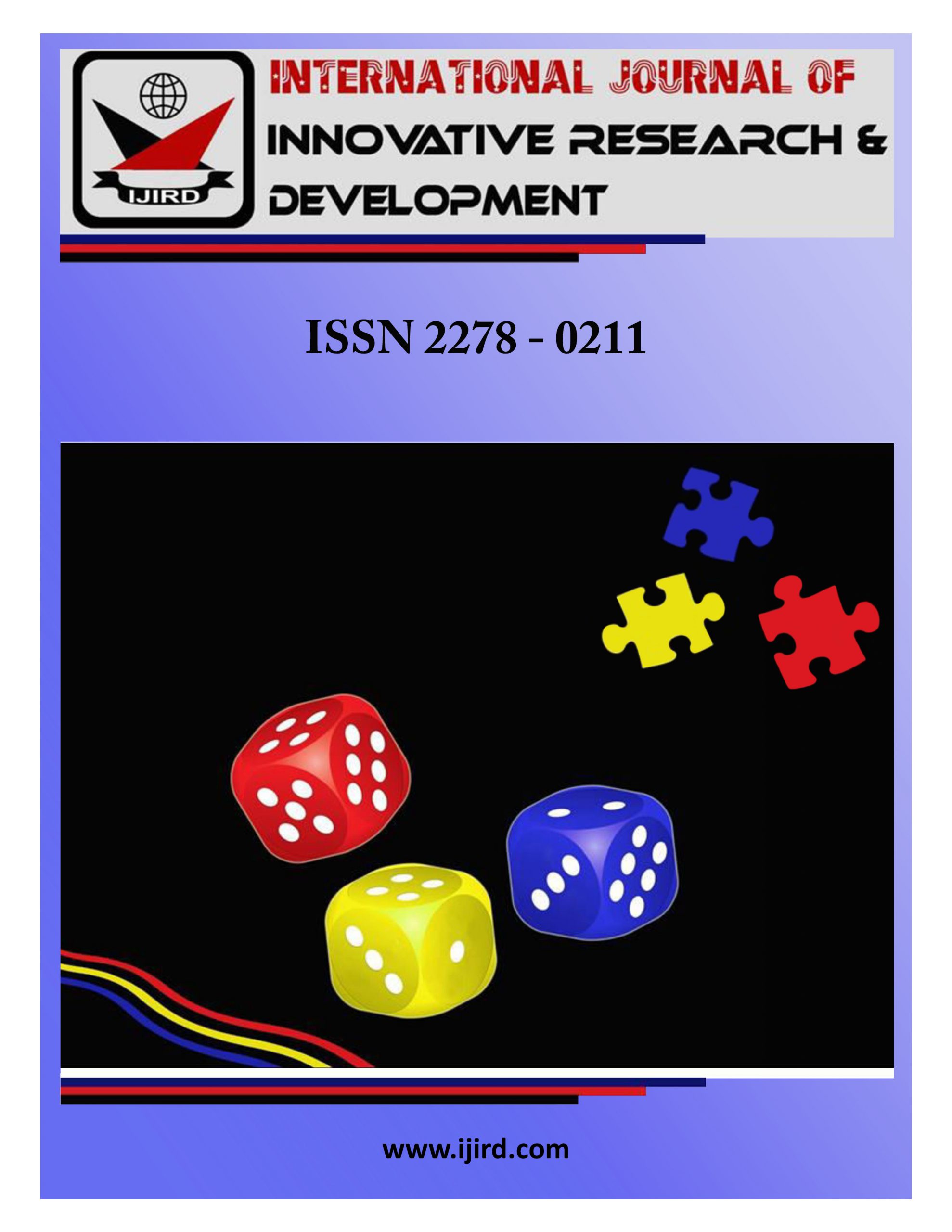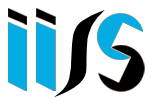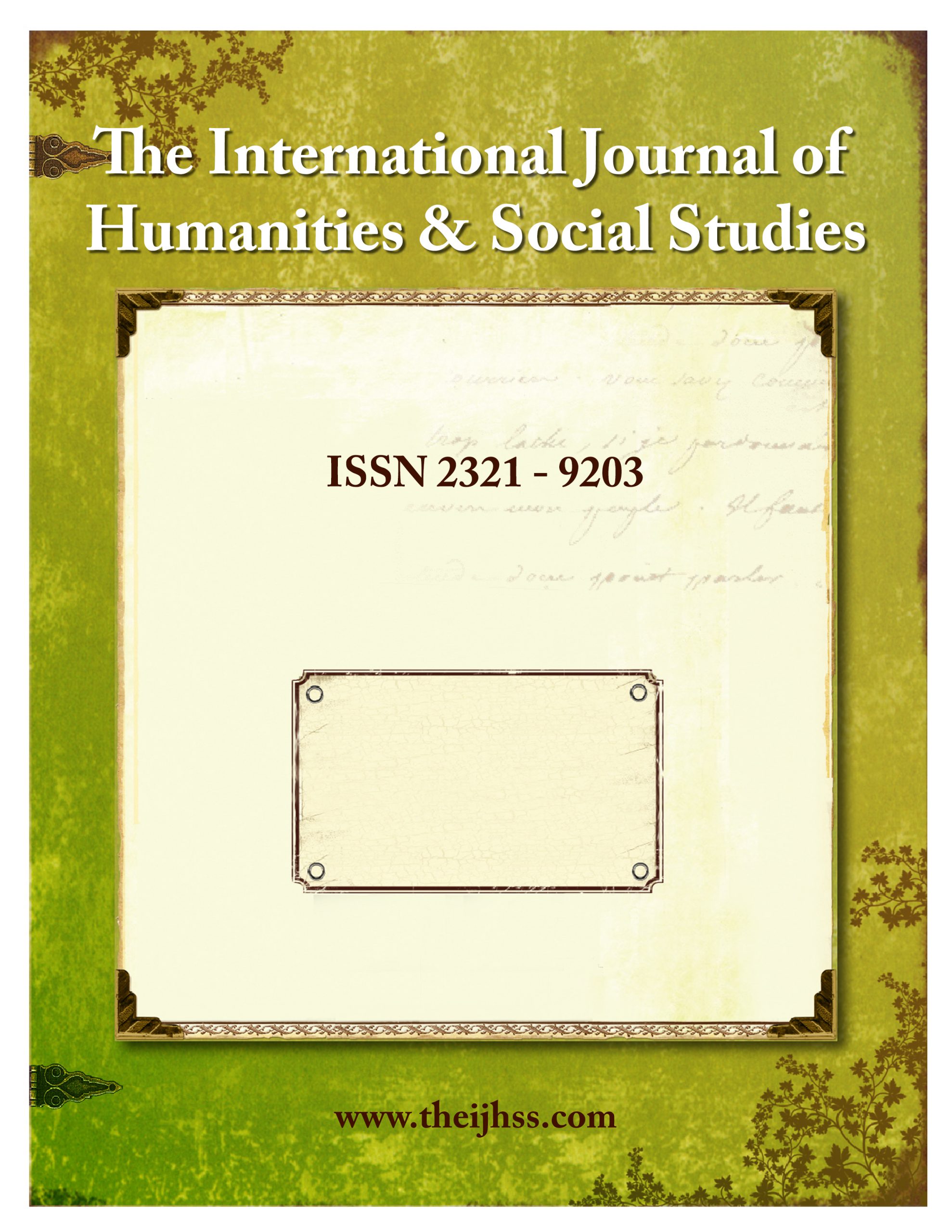The publishing journey is an enriching experience. A researcher works on his/her paper, thesis or academic book for months, sometimes years, and then it finds its way of exposure to the world through a publication. While you publish responding to a journal call for paper, there are several things you need to cross check about your work and the journal which publishes your work. Basically, the publishing journey has to follow certain checklists in order to be successful.
- Conducting a Good Research– The first step to publish a successful academic work is doing your research well. Developing a good research problem and then working on it to achieve results is primordial task of a scientist or researcher. Consider whether the topic is relevant to the current environment of your genre or subject. Then develop a unique perspective as your research question. Delve into authentic sample collection to develop your methodology. A good research is one that is backed with evidence and that which substantiates the theory. Make your work one such appropriate substance before you get into publication.
- Proof-read– The next important thing to focus on is proof reading and editing your work. Any published work should be verified for corrections. Proof-reading and reviewing becomes a major step in producing quality content. You may edit your own research, however, a professional proof reader should be engaged for editing the work, because flaws that may not appear to you often appear to other readers.
- Check the Title and Sub-title– The third thing in checklist is the research title and sub-title. A title should be able to clearly explain the purpose of research in a single sentence. It should also have some keyworks describing the research or its results. A sub-title should be supportive of the title in describing the work. You must check to see if the title is appealing enough to attract readers; if it clearly outlines the research question and purpose.
- Choose the Right Journal– When you have worked on the manuscript or paper in best way possible, you need to select the right journal. These days, there are several journals and publication houses which give new authors, scientists and researchers to bring up their work to the scientific world. However, which journal should be best for your research paper, is something that you get to decide. First short list a few journals that publish works of your genre or research field. Check some published articles in each of the journal to see if they are publishing relevant, authentic works. If you are convinced, go ahead with the journal.
- Correspond with Reviewers– These days, open access journals are providing great opportunities to authors and scientists to publish papers in international journals. However, this clearly means that you have to finely edit and review your own work, i.e., you have to find someone to review your work before you put it up for publication. This ensures your work is authentic and quality product. Corresponding with fellow researchers, students and teachers is a great way to create a peer-review network as an independent researcher. Correspond with them, request them to look up your work before submission. There are also associations and scientific clubs which have members with similar interests. Join these groups to associate with researchers and peers in your field of interest.
- Request for DOI or ISBN– Digital presence is a very significant requirement for an academic paper or book these days. Readers and citers must be able to pull out your work from multitudes of research papers. So, when you publish papers in international journals, you must request for DOI. If you are publishing a book, your publisher should allot an ISBN which will give your work a unique identity in the digital and real world. Therefore, make sure these befits are available to you when you choose a publisher or journal.
- Checking for Plagiarism: Different professions have their different ethics code. Similarly, research and the academic world have their own ethical codes of conduct; some violations may include data manipulation, data fabrication, replicating research etc., of which the most unethical issue for any academic production can be plagiarism. Plagiarism is copying someone else’s work, which happens in different ways, sometimes knowingly and sometimes unknowingly by authors. That is the reason why every international journal has their policies against plagiarism. So, it is important to evaluate your paper thoroughly before submitting it to your selected journal.
- Uploading your files– This might seem the easiest process in the publication journey, but it can be the trickiest part which can lead your work to rejection. When you upload your paper or manuscript, recheck the journals’ requirements for format, length, style etc. Avoid errors that can cause rejection on technical grounds.
You might need to check other things like circulating your work in the academic world so that readers can find it and be interested to read it. You should check on future relevance of your work, before responding to a journal call for paper. You might also want to check with universities, students and professors to get an idea of your readership. But the above eight checklists are a must to achieve, before you get into publication.










